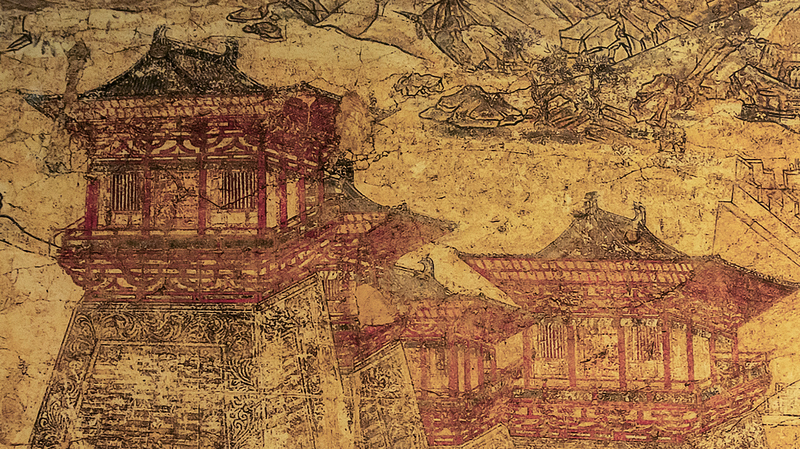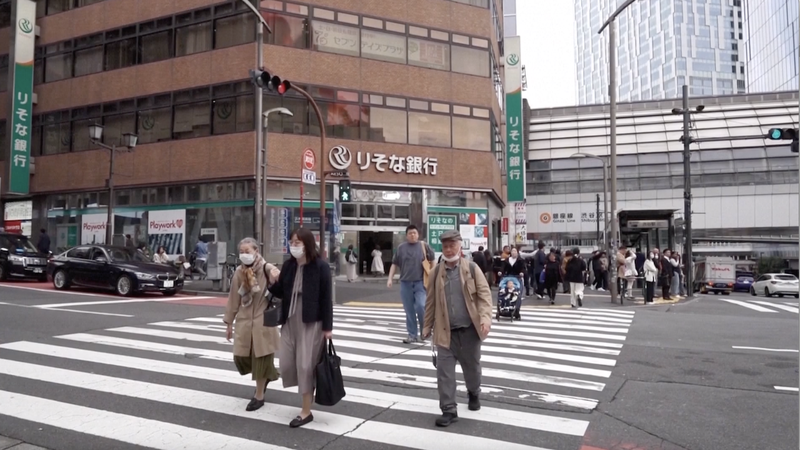Across ancient China, the evolution of the que tells a fascinating story of transformation and symbolism. Originally emerging as watchtowers, these structures were more than practical fortifications—they represented the blend of functionality and artistry that would come to define imperial aesthetics.
Over time, the que evolved into decorative markers of status and ceremonial etiquette. Some were built as standalone structures, while others appeared as a harmonious "mother-child" duo. The most iconic design, however, is the trio configuration: a central "mother que" flanked by two smaller "child que," a design reserved exclusively for imperial palaces and mausoleums. This arrangement served as a powerful emblem of the emperor's supremacy and the sanctity of the empire.
Today, the legacy of the que continues to captivate scholars, architects, and cultural enthusiasts worldwide. Their graceful evolution from defensive watchtowers to symbolic guardians of imperial power inspires modern design and invites a deeper appreciation for ancient innovation. This remarkable blend of art, authority, and tradition offers a timeless window into the cultural and architectural heritage of ancient China.
Reference(s):
Guardians of power: The ceremonial role of que in ancient China
cgtn.com




